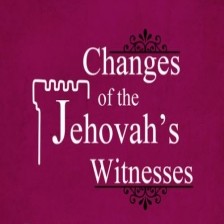Sir Austen Layard, noted author of Nineveh and Its Remains, gave a speech in London in 1854 and said: “But who could have believed that records themselves should have been found which, as to the minuteness of their details, and the wonderful accuracy of their statements, should confirm almost word for word the very text of Scriptures?” Inscriptions have been uncovered that mention such Bible characters as Jehu, Menahem, Omri, and Hazael. Hezekiah is mentioned in Sennacherib’s own account of his invasion of Palestine.
The Watchtower Announcing Jehovah’s Kingdom. March 1, 1960 p. 152
The beams, as well as the sides of the chambers, may have been gilded, or even plated, with gold and silver; and the rarest woods, in which the cedar was conspicuous, were used for the woodwork. Square openings in the ceilings of the chambers admitted the light of day.”—Nineveh and Its Remains, 1856, Part II, pp. 207-209
Insight On the Scriptures-Volume II. 1988. p. 504
God next mentioned the wild bull. (Job 39:9-12) Concerning it, English archaeologist Austen Layard wrote: “The wild bull, from its frequent representation in the bas-reliefs, appears to have been considered scarcely less formidable and noble game than the lion. The king is frequently seen contending with it, and warriors pursue it both on horseback and on foot.” (Nineveh and Its Remains, 1849, Volume 2, page 326)
The Watchtower Announcing Jehovah’s Kingdom. January 15, 2006 p. 14
